Microneedling is a minimally invasive skin rejuvenation procedure that involves puncturing the skin with tiny, sterilized needles. Microneedling is used to treat a variety of conditions, including wrinkles, scars, sun damage, large pores, and stretch marks. The procedure works by stimulating the production of collagen in the skin, which is one of the body’s own cell-renewing substances. When collagen production increases, the skin naturally becomes thicker, smoother, and more evenly toned. The procedure is very safe and generally does not require any downtime or major post-treatment healing. The number of treatments needed varies depending on the skin issue being addressed, but one or two treatments may be all that is required for mild to moderate wrinkles or acne scars. Results can be visible within the first few weeks of the treatment and may continue to improve as collagen production increases. Microneedling is typically done with a device that is outfitted with small, sterile needles connected to a hand-held device. The device is slowly moved over the skin, delivering tiny punctures that encourage collagen production. The most common side effect following the procedure is redness or swelling, but these usually go away on their own after a few hours. Rarely, some patients may experience temporary skin discoloration or even temporary pigmentation following the procedure, which will pass on its own. When considering a microneedling procedure, it is important to only work with a qualified and experienced professional who has been trained and certified by a recognized dermatology organization. A dermatologist who specializes in laser treatments and chemical peels may also be able to provide information about microneedling, as well as recommend the best type of device for a particular skin issue. Overall, microneedling is an effective and safe treatment for wrinkles, sun damage, and other skin issues that can produce dramatic results with minimal downtime. However, it is important to thoroughly research any dermatologist or skin treatment center before making an appointment to ensure that all safety protocols are followed.
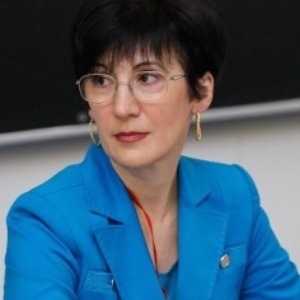
Irina Sergeeva
Novosibirsk State University, Russian Federation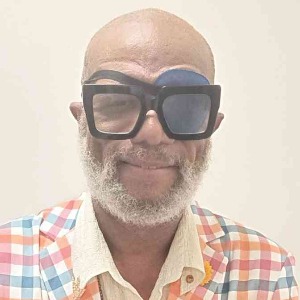
Dave Ray
Dave Ray Enterprises., United States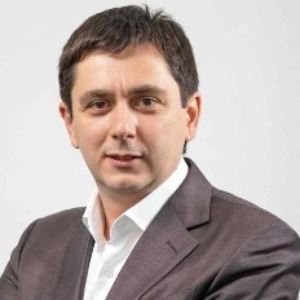
George Sulamanidze
Plastic Surgeon at Clinic of Plastic and Aesthetic Surgery and Cosmetology TOTALCharm, Georgia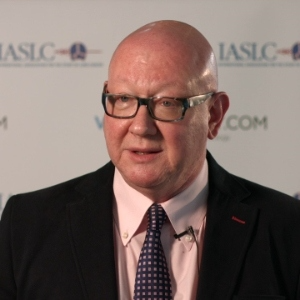
Sergei A Grando
University of California Irvine, United States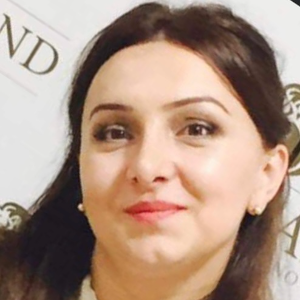
Nino Tsamalaidze
Ltd Karabadini+, Georgia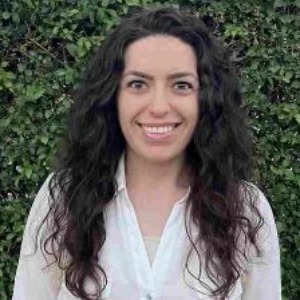
Lina Petrossian
California University of Science and Medicine, United States
Surajbala Khuraijam
Manipur Health Services, India
Shrutimita Pokhariyal
Symbio, India
Yasser Mohammed Hassanain Elsayed
Egyptian Ministry of Health, Egypt



Title : Paraneoplastic Autoimmune Multiorgan Syndrome or PAMS: Paraneoplastic pemphigus revisited
Sergei A Grando, University of California Irvine, United States
Title : Modern non-invasive methods for in vivo assessment of skin
Georgios N Stamatas, SGS, France
Title : Personalized and precision dermatology through the view of biodesign-inspired translational & data-driven applications: Revolutionary skin treatments for every concern in clinical dermatology integrating skin care experts and consumers
Sergey Suchkov, N.D. Zelinskii Institute for Organic Chemistry of the Russian Academy of Sciences, Russian Federation
Title : The next generation of threads: Lifting, volumization, and biostimulation in one powerful triple action
George Sulamanidze, Plastic Surgeon at Clinic of Plastic and Aesthetic Surgery and Cosmetology TOTALCharm, Georgia
Title : Lymphoproliferative diseases in the practice of a dermatologist
Irina Sergeeva, Novosibirsk State University, Russian Federation
Title : Comparative efficacy of omalizumab and dupilumab in children with Chronic Spontaneous Urticaria (CSU): A retrospective cohort analysis
Molynna Nguyen, University of Toledo, United States
Title : "Mirror mirror on the skin” — A low-cost community strategy to reduce melanoma disparities in Washington, D.C.
Kayla Sampson, Georgetown University School of Medicine, United States
Title : Vitiligo: Not just an aesthetic disorder
Mateja Starbek Zorko, University Medical centre Ljubljana, Slovenia
Title : Personalized and Precision Medicine as a unique avenue to have the healthcare model renewed to secure the national biosafety: Advanced skincare solutions in individualized cosmetology, reconstructive plastic surgery and the modern beauty
Sergey Suchkov, N.D. Zelinskii Institute for Organic Chemistry of the Russian Academy of Sciences, Russian Federation
Title : Efficacy and safety of CE ferulic and resveratrol serums after fractional CO? laser: A split-face controlled trial
Yu Shi, Shanghai Skin Disease Hospital, China